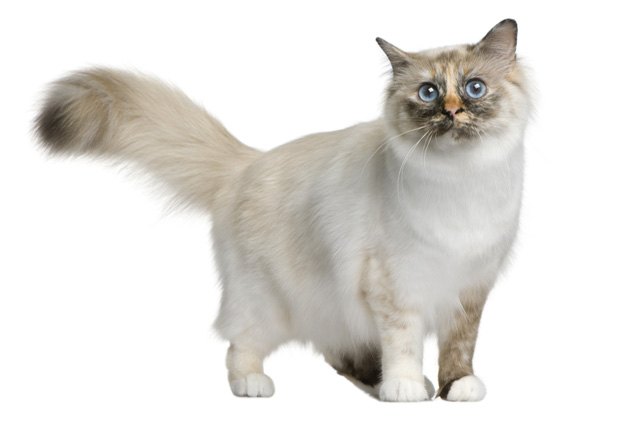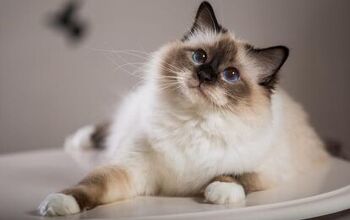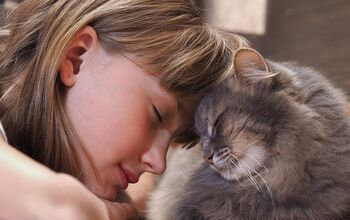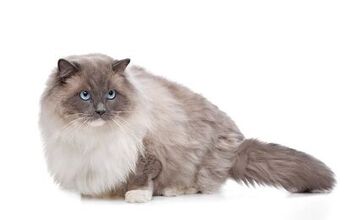Birman


About Birman
Known as the “Sacred Cat of Burma,” the Birman is an ancient breed whose true origins are unknown. One legend places the first members of this breed in Burma where they were kept as temple cats at Mount Lugh. Birmans came to France in 1919, which began the establishment of the breed in Europe. The first Birmans came to the United States in 1959 and were registered with the CFA in 1967. Most U.S. Birmans originated in France, England, Germany, or Australia.
Known as the “Sacred Cat of Burma,” the Birman is an ancient breed whose true origins are unknown.
Known for having an excellent disposition, the Birman is a friendly, outgoing, self-assured cat. They like to know what’s going on around the house, and will follow their humans to find out, but they aren’t intrusive cats. They participate, but they don’t take over. Birmans do need and want the company of their humans, and don’t like to be left alone. They do quite well with families, and are unusually fond of children. Moderately active, but quiet and gentle by nature, these loyal companions are an excellent addition to active households.
The Birman is a medium-sized cat with a sweet, round face, full cheeks, and gorgeous blue eyes that should be oval in shape. These cats are strongly built, and have lush, silky fur that is exquisitely soft to the touch. The ears sit at a slight angle well up on the head. Often they have a pronounced neck ruff and exceptionally fluffy tails. Slow growing, kittens do not reach full adult status until three years of age. White “gloves” on the paws are a dominant characteristic of the breed.
Birmans are colorpoint cats with pale bodies offset by darker areas on the face, ears, feet, and tail. At birth, the kittens are all white, developing their distinctive colorations with age. Birmans come in a variety of colors including seal, lilac, chocolate, red, cream, blue, and tortie. All patterns can be either solid or exhibit the more dramatic lynx pattern, which displays tabby markings in the point colors. The breed has distinctive white paws that should be symmetrical on both the front and back and extend upwards on the hind paws in an inverted “V.”
Although the Birman’s coat is long and luxuriant, their grooming requirements are surprisingly minimal, with the added plus that when they do need to be brushed or washed, they like the experience! They are especially receptive to being combed and will often ask their owners to do so. Surprisingly for a longhair breed, the Birman’s dense coat does not mat easily. By keeping loose hair out of the coat, the fur almost glows with good health, and shedding is kept at a remarkably low level.
Photo credit: Eric Isselee/Shutterstock

Amy Tokic, Editor of PetGuide.com, is a passionate animal lover and proud pet parent of Oscar, a Shih Tzu/Chihuahua cross, and Zed, a Japanese Chin. Her love of animals began in kindergarten, when she brought her stuffed dog Snoopy into class with her every day. Now, she writes about her adventures in pet ownership and tirelessly researches products, news and health related issues she can share with other animal enthusiasts. In her free time, Amy loves perusing used book and record stores, obsessing over the latest pet products available and chasing squirrels with wild abandon (a habit attributed to spending too much time with her pooches).
More by Amy Tokic
























